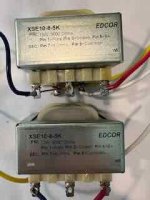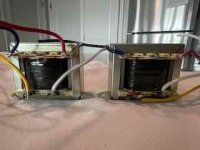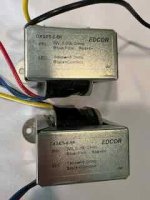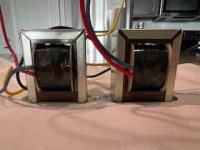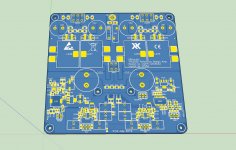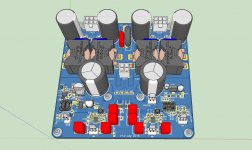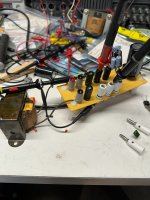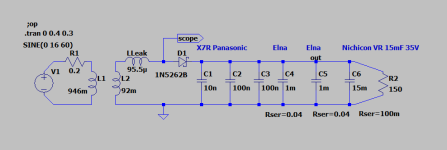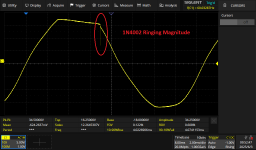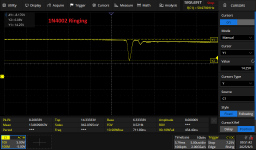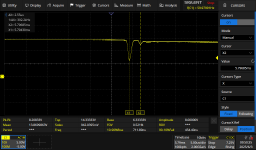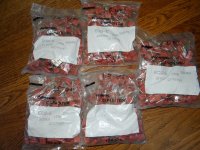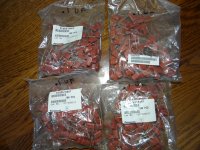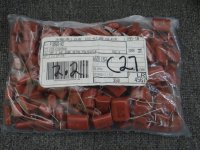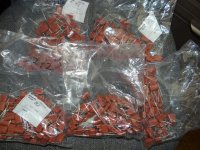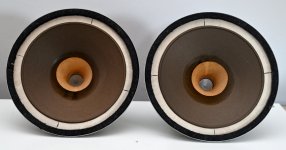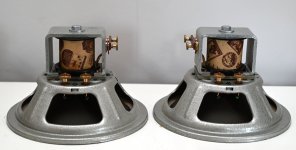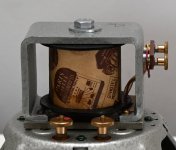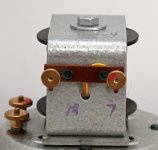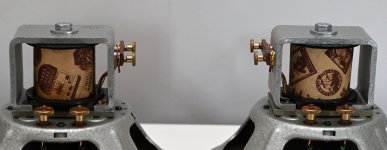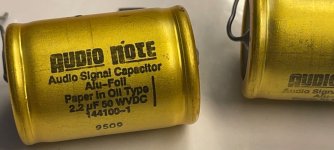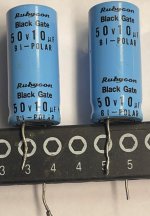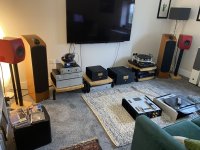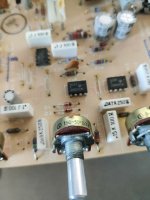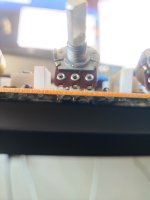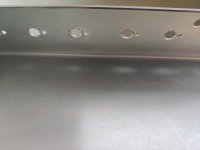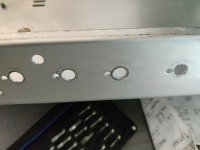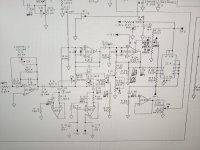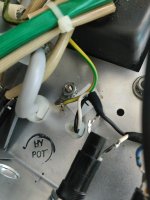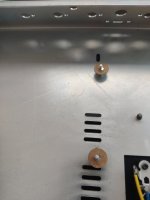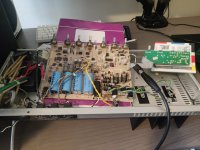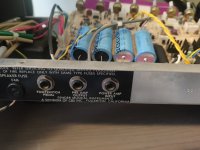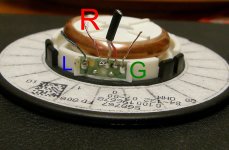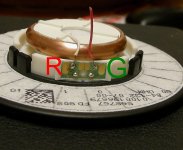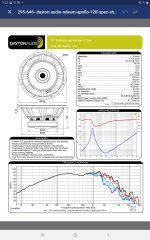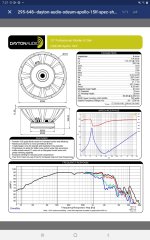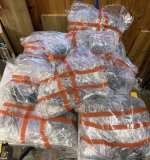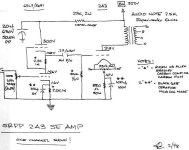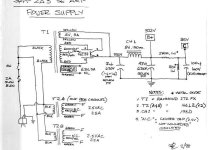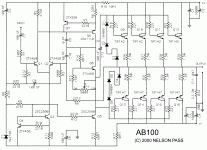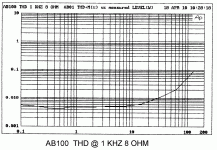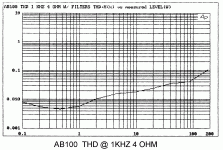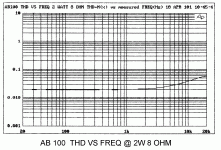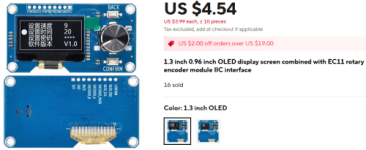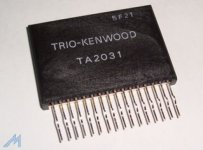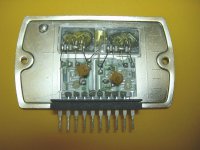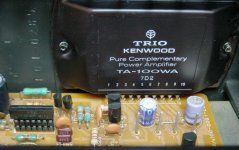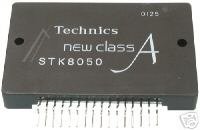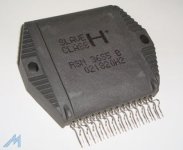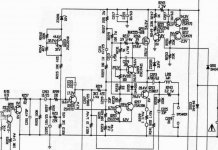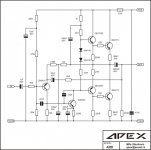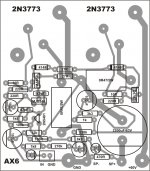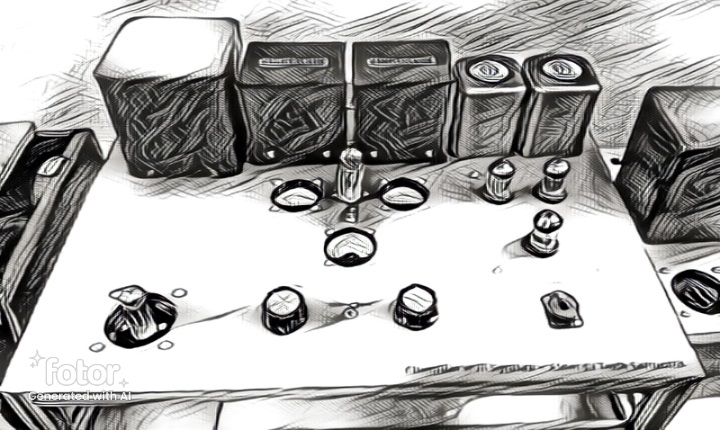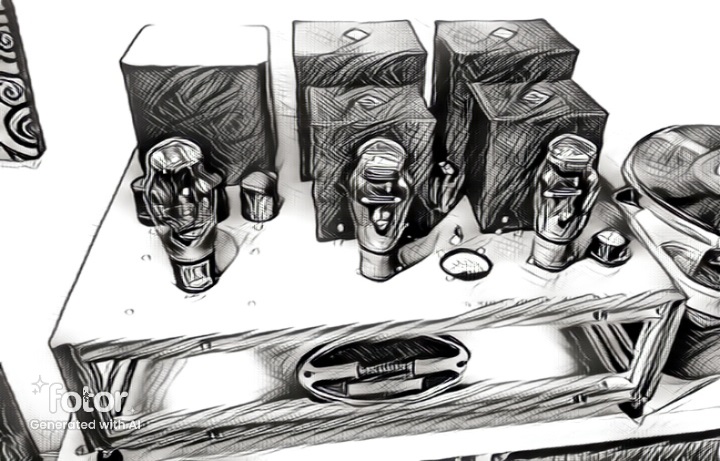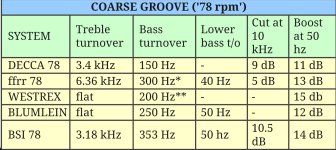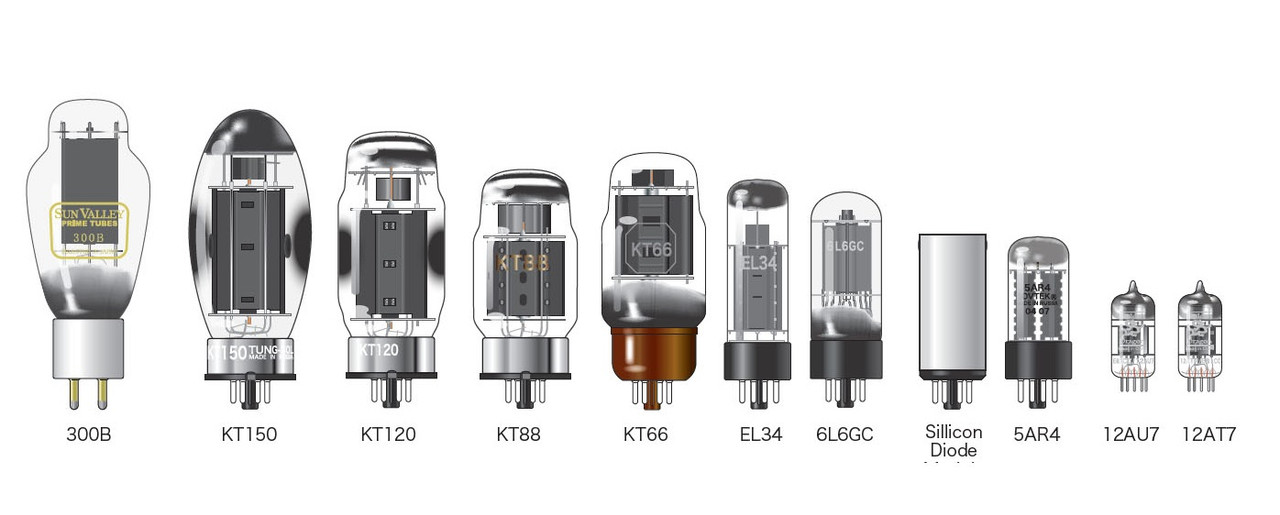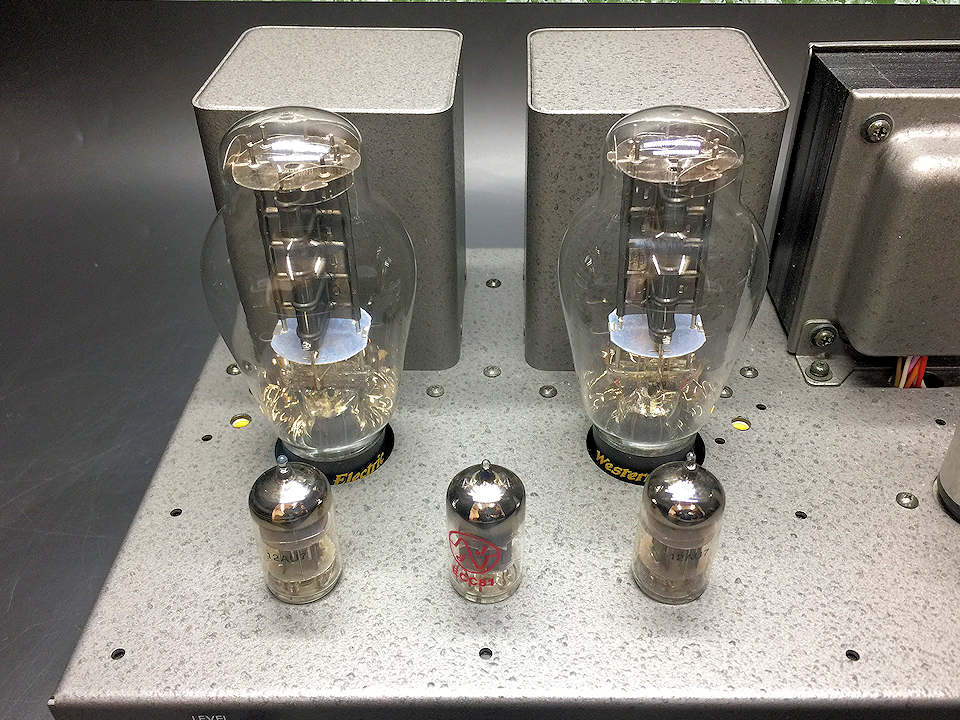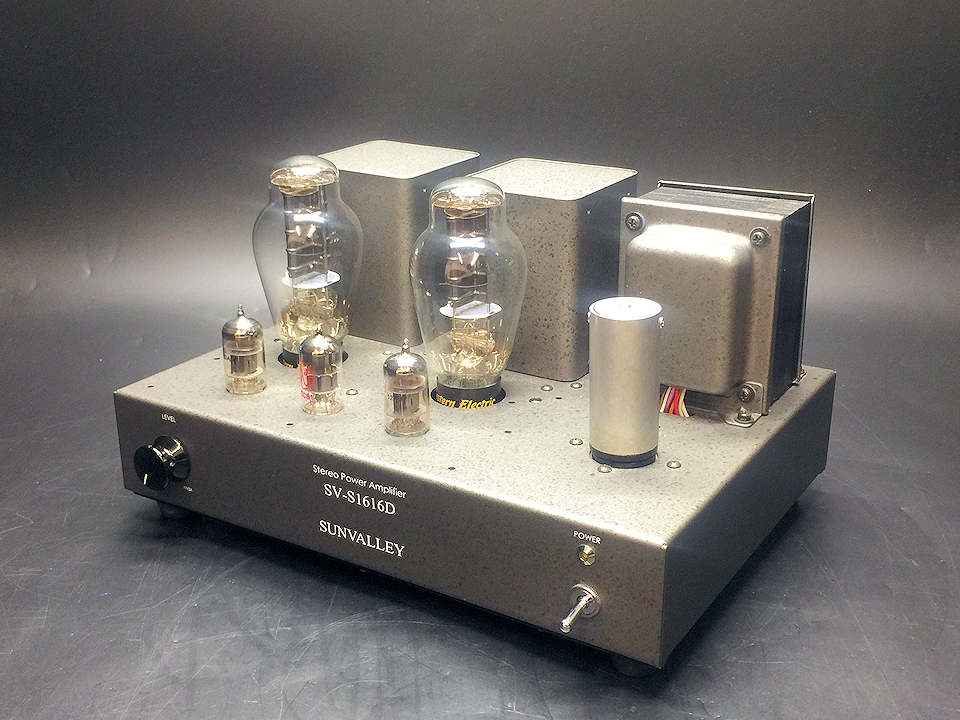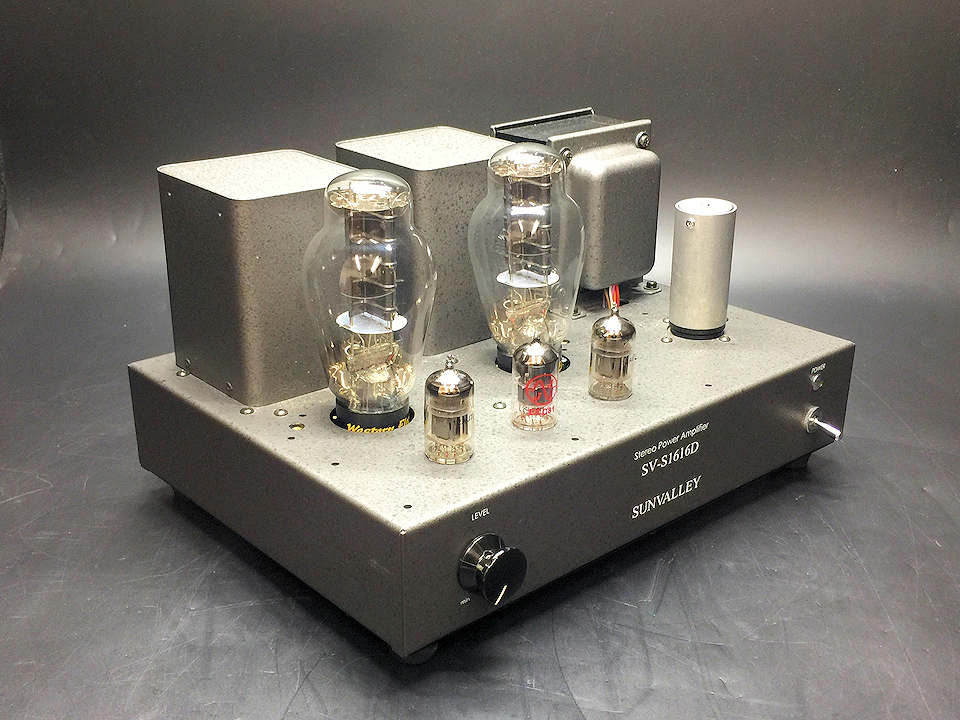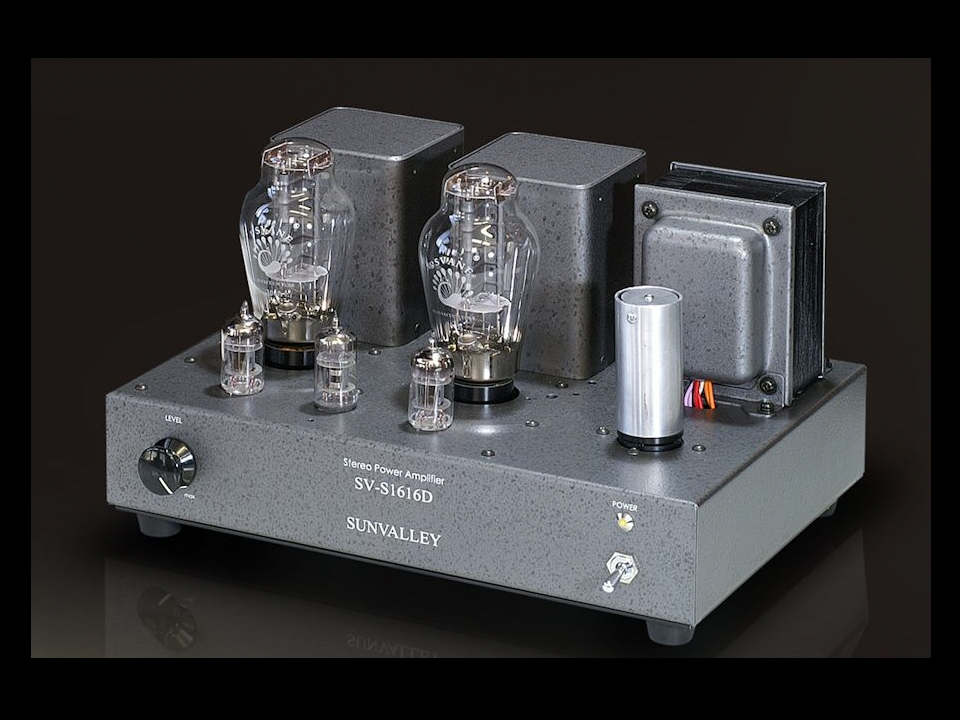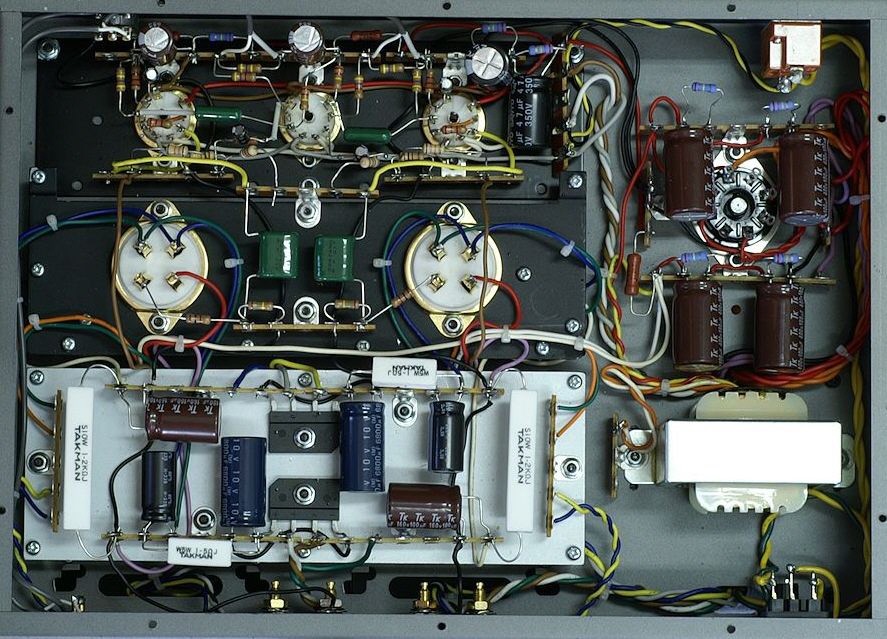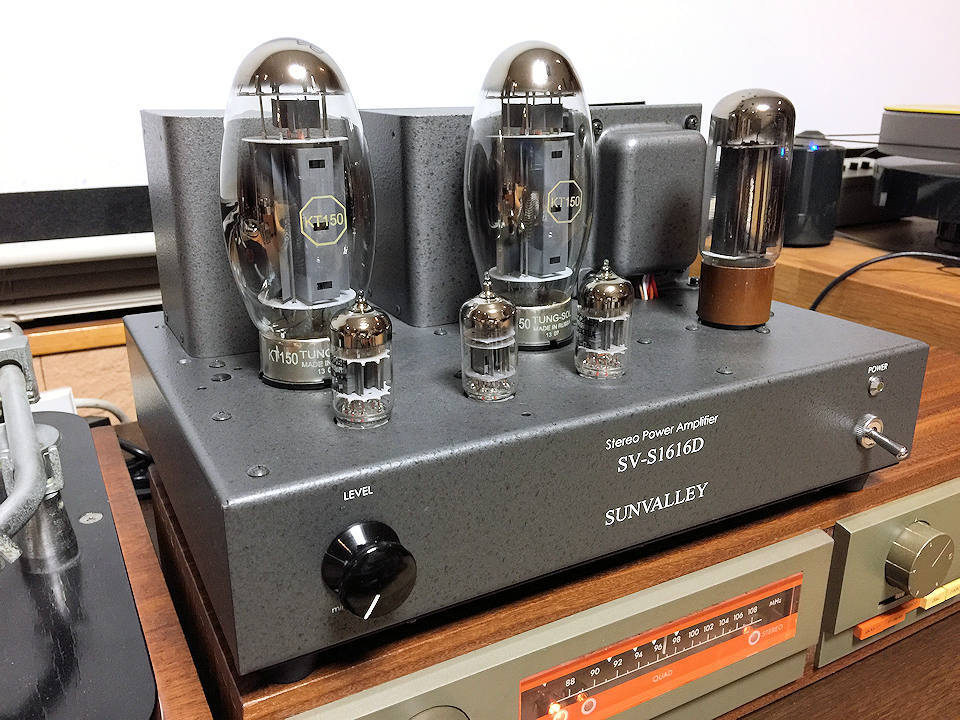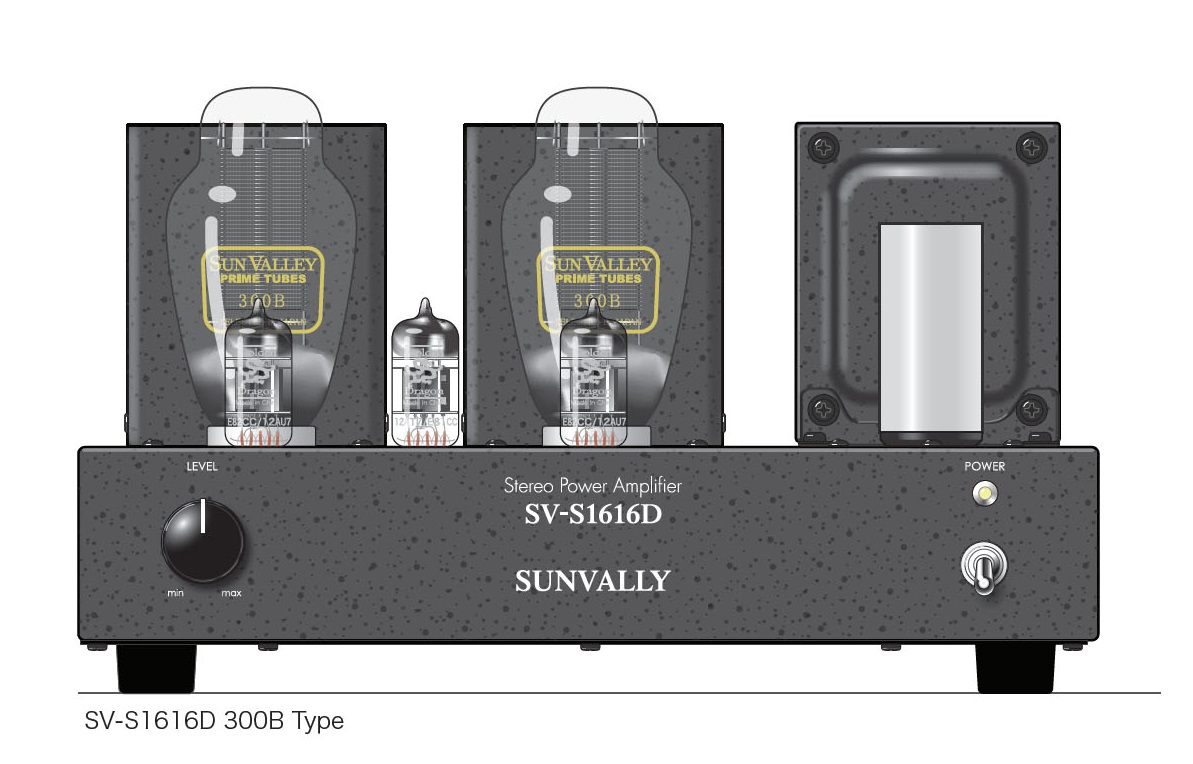Update Jan 32, 2023:
video on how to setup and connect your amp for the first time.
Update Sept 24, 2022: Nice build with linear PSU by member Tommost:
Edit Aug 15, 2022:
Workaround to supply chain shortage of N131 DCDC buck converter.
Edit July 24, 2020: Review of the TPA3255 amp by Redjr
TPA3255 Reference Design Class D Amp GB
TPA3255 Reference Design Class D Amp GB
Redjr has
provided files to allow us to make professional looking front/rear panels that look like this:
Edit June 22, 2020: silk screen error on R203/C203. They are swapped. Thank you to VladC for catching this. More
here.
Edit May 20, 2020: Redjr is the first to test his TPA3255 out and he says it sounds great. He used it with a Connexelectronic SMSP, which I previously found to be unsuitably noisy when tested with the 3e TPA3255 and Chinese-made blue EVM clone TPA3255 boards (ubearable hiss sound). But since Redjr says it is silent when used with the present TPA3255 amp, I had to give it a try. And it is quiet with my amp! It must have to do with the layout, the extra RFI/EMI filtering, or maybe the quality components from a Mouser supplied BOM. But my TPA3255 design is compatible with a 400w and 800w 48v SMPS from Connexelectronic. This opens up another viable PSU option for folks waiting too long for the Aliexpress 800w LED PSU.
TPA3255 Reference Design Class D Amp GB
Edit April 23, 2020: The first production verification amp was tested at the reference condition of 10W into 10ohms at 1khz and achieved 0.0011%THD vs the TI specified 0.0021%THD with PFFB enabled:
The 1W case at 3.16Vrms at 10ohms gives 0.00074%THD:
Here is the fully built amp - made in USA:
Edit Jan. 10. 2020: Pre-Orders for the Ready to Run (RTR) Stereo BTL fully assembled and tested amp can be placed here:
RTR TPA3255 Reference Class D amplifier | Etsy
Pricing is $227 ea, shipping is automatically calculated based on 14oz shipping weight and 8in x 6in x 5in box. Shipping in USA will be USPS Priority Mail by default.
Edit Nov 12, 2019: Updated BOM with corrected R221 and W1xx jumper programming (1210 0R resistors) for Stereo Balanced Input and Stereo BTL Outputs:
TPA3255 Reference Design Class D Amp GB
Final Test w/ correct current limit programming resistor, showing FFT at 20.3W rms into 3.3 ohms showing THD is 0.0021%:
Amp was also successfully tested at 200W rms into 4ohms using a large wirewound heater dummy load:
Edit Nov 5, 2019: Build notes/errata on Schematic and BOM
1. One correction to the schematic and BOM that I caught while building this was the value for R221 which sets the max current before the auto-protect kicks in. 220k is not a valid value. Use 22k for 17A (max value). Unless you want to limit it then use the table in the data sheet to set the appropriate value.
2. One other thing are the resistors R275/276 for the LED status lights. 1k is way too bright. I would go with maybe 4k7.
Edit Oct 31, 2019: THD and all-orders of harmonic distortion up to H9 vs Freq up to 10k for 5.6Vrms into 4 ohm load:
Edit Oct 7, 2019: 20W into 3.3ohms FFT looks very nice. Dominant second order harmonic distortion and dominant even orders. About 0.0024% to 0.0029% THD and noise floor is very low. This is with 12v battery feeding 800w DC-DC step up to 51v:
This is with 120VAC wall plug powering an 800w (48vdc adjusted to 50v) SMPS (Aliexpress $44 LED PSU), also 20w into 3.3ohm load:
Setup with 800w SMPS:
Render of r
evised v01 layout with corrected silkscreen and 3.3v LDO pinouts:
Bottom side:
Edit Sept 27, 2019: The amp is up and running! Sounds great and measurements are very promising.
Edit Aug 17, 2019: latest 3d render with improvements (
listed here) included:
Latest bottomside of PCB (note extensive use of groundplane and large short triangular traces for power input and bulk caps all connected to Vdd pins):
***** ORIGIBNAL THREAD START *****
3D render of TPA3255 Reference Design with components populated (top)
First some history... When I first got started in DIYA projects back in 2012, there were no cheap premade Texas Instruments TPAxxxx Class D amps available. Back then, I had to make my own, and I did it with a 25w
TPA3118D2 (closely related to the super popular TPA3116D2 in the
Juggernaut thread inspired by my experiments in P2P SMT Class D amps).
My first DIY amp ever, a dead-bug flip-chip
The TPA3118 sounded fantastic and eventually, inexpensive variants started popping up on Aliexpress and eBay, culminating in the ubiquitous $12 TPA3116D2 50w Class D amp. I used the TPA3116 for many years in many speakers, often driven by a miniDSP for 2-way to 4-way active speakers. Somewhere along the way, I switched to Class A amps, and you know the rest of the story - culiminating in the popular Alpha series amps and finally, the ABBB.
So what brings me to go back to my Texas Instruments Class D roots? Well, there has been a lot of development by TI over the past 6-7 years and I need some more power to drive some PA speakers and subwoofers. I have a current subwoofer project that has 4 drivers, each driven by its own amp channel and DSP. So I needed a way to make circa 150w to 200w per channel at 8ohms. The TPA3255 is perhaps the best-in-class Class D amp to do this job. One thing that really piqued my interest is that the TPA3255's datasheet says that it only has 85uVrms of noise with no input signal. That is a super quiet background!
So I have been working with JPS64 and Jhofland to develop a new Class D amp based on the TI Reference design, but with some tweaks to make it even better. The design philosophy is to keep the amp more general to allow the user to select SE, BTL, or PBTL operating modes rather than force the user to the typical BTL-only offerings available on eBay/Aliexpress. The TPA3255 when operated in SE mode provides for 4 channels of output, and the audio quallity is very high as the harmonic distortion vs frequency is flat rather than rising (as is the case for BTL). It is also a good thing to keep the possibility of balanced input for the amp to enable a nice quiet drive for folks with high end DACs or preamps. We also added some nice features to make the amp easier to use and more reliable. Like Molex Minfit Jr connectors for quick and reliable connections rather than screw terminal blocks. An NTC ground lifted chassis ground Faston spade is also provided, as well as a header block to allow master/slave operation and also carrier frequency selection. Basically, all optional features are kept to allow the user the widest latitude of how they want to apply the amp.
We are also mounting the main TPA3255 chip on the bottom side so that its thermal pad faces down towards the mounting surface. In this way, the board just needs to be mounted to a metal chassis with the usual standoffs and a small thermal conductor block (aluminum or copper) can be used to mount this amp inside a sealed (non-ventilated) chassis, yet still permit adequate cooling. It eliminates the need for a separate heatsink element. Of course, the amp uses only the best symmetric star-grounding-centric layout methododologies that you have come to know and love from JPS64. Don't forget the thousands of via-stitched traces for extra low impedance current paths. Finally, the crown-jewel of the design is use of premium high current CoilCraft flat copper wire shielded inductors. Those of you familiar with souped-up TPA3116's will reognize these as the ultimate inductors for Class D amps. They look cool too.
The design ended up at a generous 120mm x 124mm and will be 2.0mm thick with 2oz copper traces and ENIG finish. Typical JPS64 via stitching now covered with solder mask (tented vias) to reduce solder bridges. An on-board DC-DC converter provides the necessary 12v auxilary voltage for operation. Maximum power supply voltages is 51vdc single-rail. Typical 48vdc SMPS are perfect for powering this amp. If you already have a 400VA trafo that can make 48v to 51vdc, it can work very well too.
Schematic is in the PDF file below. Board is 120mm x 120mm with four M3 bolt holes offset 4mm from the corners or 112mm x 112mm CTC.
If you are interested, please add your name, number of boards, and country to ship to below.
A huge thanks to JPS64 for his amazing layout of this amp, and also thanks to jhofland for helpful advice on the schematics.
I expect the pricing to be $32 ea and the usual shipping of $5 for CONUS, $10 for CAN, and $15 for everywhere else for up to 4 boards. Additional shipping charges for larger quantities of boards. I still need to order the verification board and build and test to make sure it works before the production boards can be ordered.
GB Interest List example:
JaneDoe - 2 boards - USA
Edit June 3, 2020: If you have ordered a bare PCB, please
use this BOM v002P. It contains all the corrections found during production. PM me for an updated schematic if you purchased a board or a RTR amp.
Edit Jun 21, 2020: There is a typo on line 9 of the BOM, it should be 0.01uF 100v X7R 1206.
TPA3255 Reference Design Class D Amp GB
For R1021 to R1024, choose any value from 10R to 220R, 51R is a good value, 1% metal thin film, 0805. It is part of the input RFI filter and I am finding that original 2k2 was not needed and attenuated the input signal. Even 0R (jumper can work).
Edit June 22, 2020: there is a design for thermal spacer
here - CAD CNC file.
Edit June 19, 2021: how to install thermal paste and under mounted heatsink.
TPA3255 Reference Design Class D Amp GB
Edit Feb 19, 2023: alternate part for SOT-223 12v LDO is MIC2920A-12WS-TR
